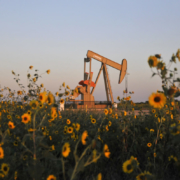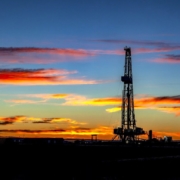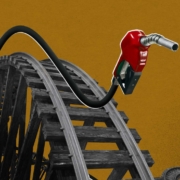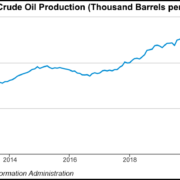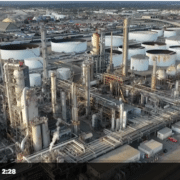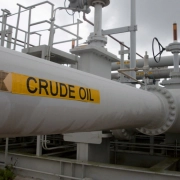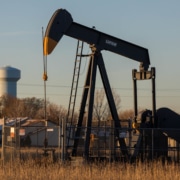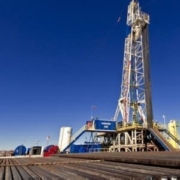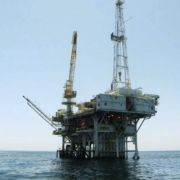The US Energy Secretary said on Monday U.S. oil and gas production is rising. It will continue to rise to make up for the 1 to 1.5 million barrels of oil per day. Moreover, it has been pulled off the market in the wake of Russia’s invasion of Ukraine.
Jennifer Granholm told CNBC the boost in U.S. oil to market will be about 1 million barrels per day, first coming from President Joe Biden’s record release from the Strategic Petroleum Reserve starting in May and lasting six months.
The administration expects domestic oil production will increase as well in the coming months and help stabilize prices for crude and gasoline.
“That’s one of the reasons why perhaps you’re seeing some leveling off of prices,” Granholm said about the supply release’s effect on oil prices which also slumped on Monday as COVID-19 lockdowns in China and potential increases in the U.S. interest rate raise concerns about global growth.
Granholm said global and domestic oil markets may react if Europe bans imports of Russian crude. “If they do decide to do some form of ban or some medium version of that, then there will be an impact, no doubt on oil prices, because that will pull more supply off the market,” she said.
Click here to read the full article about the statement of the US Energy Secretary
Source: Reuters
If you have further questions about the topic, feel free to contact us here.


